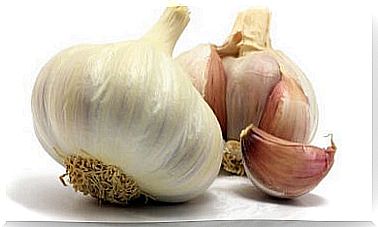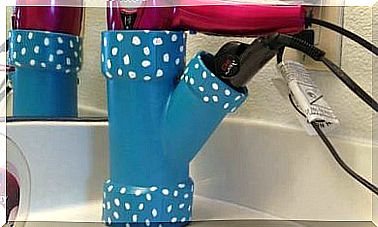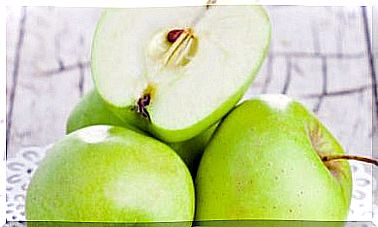Learn How To Make And Care For Bonsai Trees
The fashion for bonsai trees comes from the far east. The technique, originally from China, was adopted and renamed by the inhabitants of the Empire of the Rising Sun, reaching us with the name we know today.
The word bon – sai , an interpretation of Japanese ideograms, is often translated as ‘planted in a small pot’. This concept refers to pygmy trees that can be kept in shallow pots and in the comfort of our homes, applying the appropriate techniques to stunt their growth.
Bonsai history
According to the article published by the Science magazine of the National Autonomous University of Mexico, the art of bonsai arises in ancient China, where it was called punsai , penjing or pensai .
The Taoist monks who lived isolated in the monasteries, in need of medicinal plants and in order to save effort, began to transplant whole trees into small containers, which suffered a decrease in size in the process. In turn, they tried to imitate in the branches and trunks of the new pygmy trees the forms of the animals of Chinese culture, such as birds, leopards and dragons.
Chinese missionaries, between the 10th and 11th centuries, exported the technique to Japan, with the premise that the cultivation and care of these small trees could bring them closer to the gods. The Japanese adopted the technique, refined it, and renamed it.
In the western world, bonsai trees made their debut in the city of London, at the Great Exhibition of the Works of Industry of All Nations , held during the Victorian era in 1851. The first European treaty dealing with The subject was published in the bulletin of the Botanical Society of France and written by J. Vallot in 1889.
What plants can be used to make bonsai trees?
Although there are no severe restrictions when choosing the plants to create bonsai trees, it is recommended to use varieties of plants that manage to reach great heights, with a perennial trunk covered by a solid bark. We bring you some recommendations below.
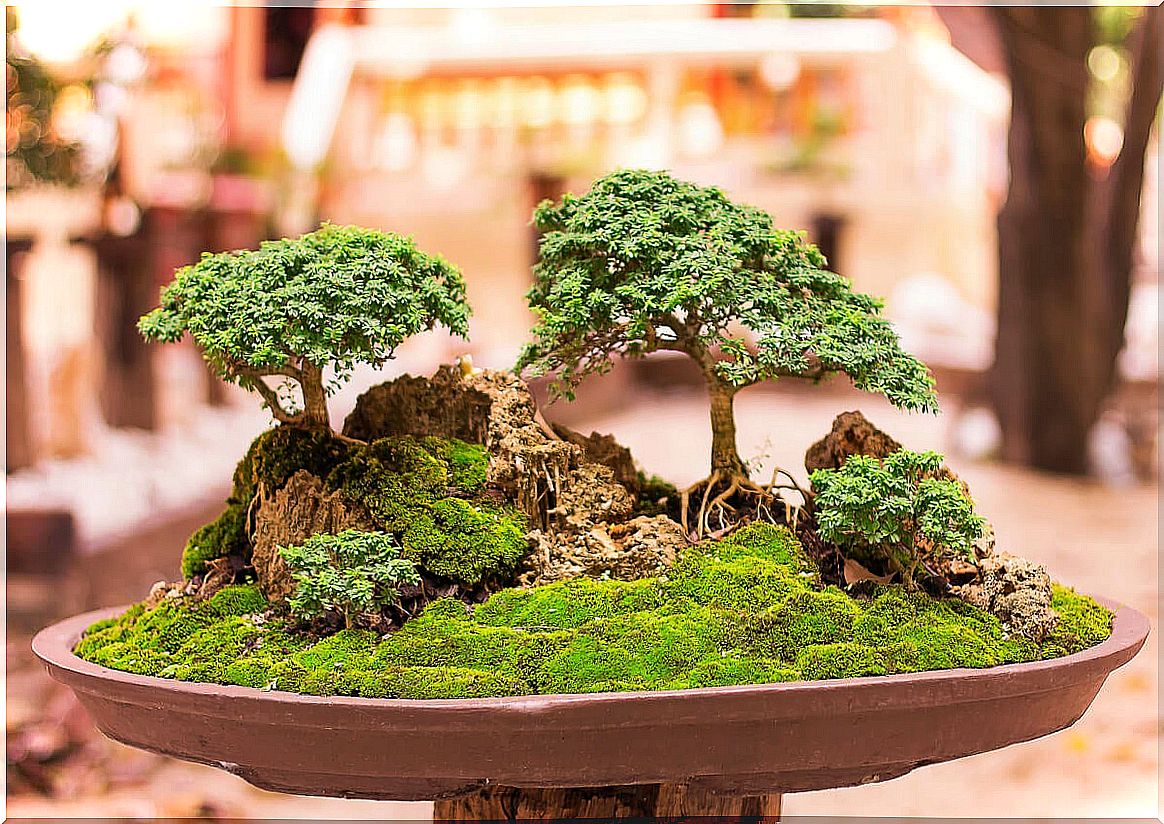
Conifers
At present, bonsai created from this type of plant are among the most admired in large exhibitions of the genre. Conifers have been used for centuries to produce bonsai trees. This may be because it is one of the oldest types of plants on the planet that has survived to the present.
Shrubbery
The bushes are ideal plants for the generation of bonsai trees, because they usually have ornamental flowers and leaves. Also, most of them have small leaves and very easy to control growth.
Climbing plants
The climbing plants that should be used to apply this technique are those that have a woody trunk. However, it must be taken into account that they must be pruned regularly so that they can condense their energy into thickening the trunk.
Trees
Lastly, various species of trees can be used to produce bonsai. Trees are ideal for applying this technique because the vast majority tolerate pruning well and have woody trunks.
However, it is important to know that not all of them work. Some of the most recommended for bonsai are the Serissa phoetida , elms, maples and small – leaved ficus.
How can I make a bonsai tree?
The first decision you should make, if you are looking to make bonsai trees, is whether you are going to place them in your home garden or indoors.
These pygmy trees are very refined indoors, if they are taken as part of the decoration. However, it should be remembered that these are extravagant plants that tend to have better growth and quality of life outdoors.
Once the above decision is made, you are going to need pots with drains, water, natural sunlight and, of course, gigantic amounts of affection for your plants.
How long does it take to produce bonsai trees?
One of the main fun of taking care of bonsai trees is to prune it frequently, to give it the shape that everyone wants.
This process can take several years, so arming yourself with astronomical amounts of patience is a prerequisite.
Materials
As we anticipated, to make bonsai trees like a professional it is essential to pay attention to the kind of pot in which the tree will be planted and the quality of the soil. Of course, all subject to the type of tree or plant you have chosen.
Let’s see the following recommendations:
- Choosing the tree to make bonsai : There are variety of kinds of trees that can be chosen to make bonsai trees. They can be ficus, maples or olive trees. The care you should have will depend on the type chosen.
- Pots : to limit the growth of the tree’s roots in a supreme way, choose a pot that has holes underneath. In addition, it is convenient that the chosen one is quite wide and shallow.
- Soil quality : the soil should be grainy, maintain good drainage, and not be too condensed. Otherwise, it could mean the death of the bonsai trees.
Step by step to create bonsai trees
With the recipe that we provide below, you will generate a micro garden of bonsai trees so, so prosperous, that you will be the envy of the neighborhood and all your friends. Remember that to suppress growth, you will have to use techniques such as pruning, a minimum supply of compost and the distinction and removal of suckers.
- Adapt the pot : a grid or a light net should be placed over the drainage holes, in order to avoid that, when the excess water drains the pot, the earth does not also distil with it.
- Clean and condition the roots : with a brush, all traces of the original soil must be removed from the roots of the tree, since it is not the same that we will use to make bonsai trees. However, some roots may need to be sectioned to allow the plant to enter more comfortably.
- Planting the tree : finally, the plant is placed in the conditioned pot and the quality granulated soil is added to it, taking sufficient care that it does not become too agglutinated.
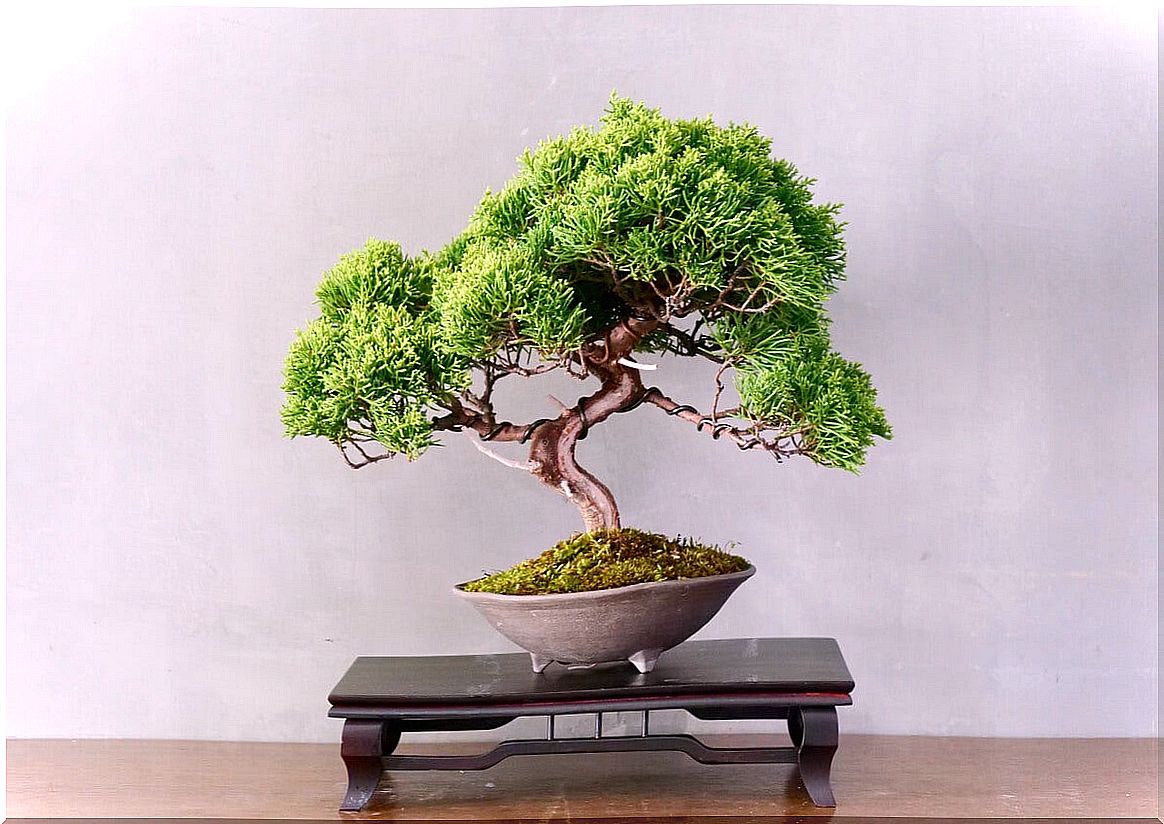
The perception of bonsai trees in plastic art
There is no doubt that the generation and care of bonsai trees is an art in itself. This is demonstrated in the article published in the magazine Agro Productividad. Its author assures that these trees must express beauty and majesty.
The perception of this technique is then deepened, asserting that bonsai trees contain in themselves all the essential aesthetic elements of the plastic composition: depth, color, balance, texture, harmony and perspective.
In this way, the bar of bonsai tree art is raised, mentioning that one way to make it more interesting is by creating miniature landscapes, taking the tree in question as a starting point. Landscaping options include mountain ranges, hanging cliff, horizontal strata rocks, and lone peak.
